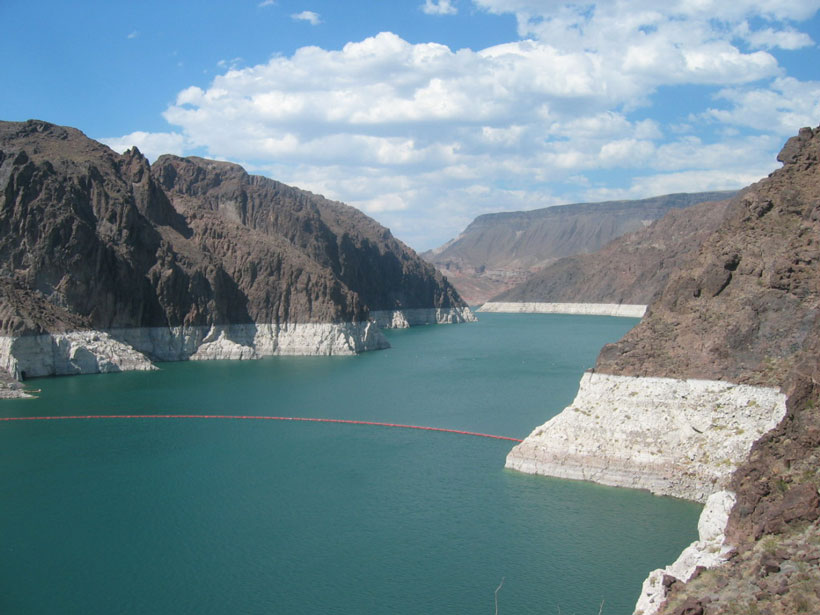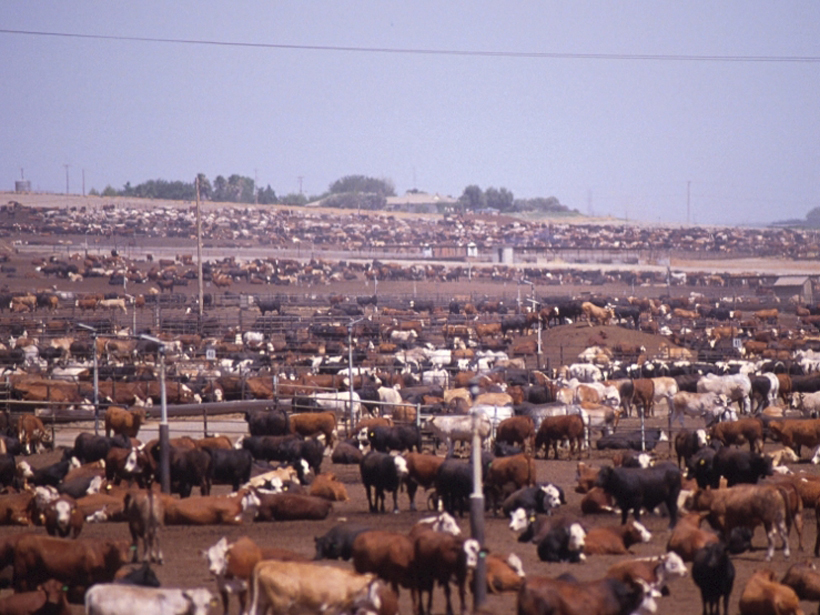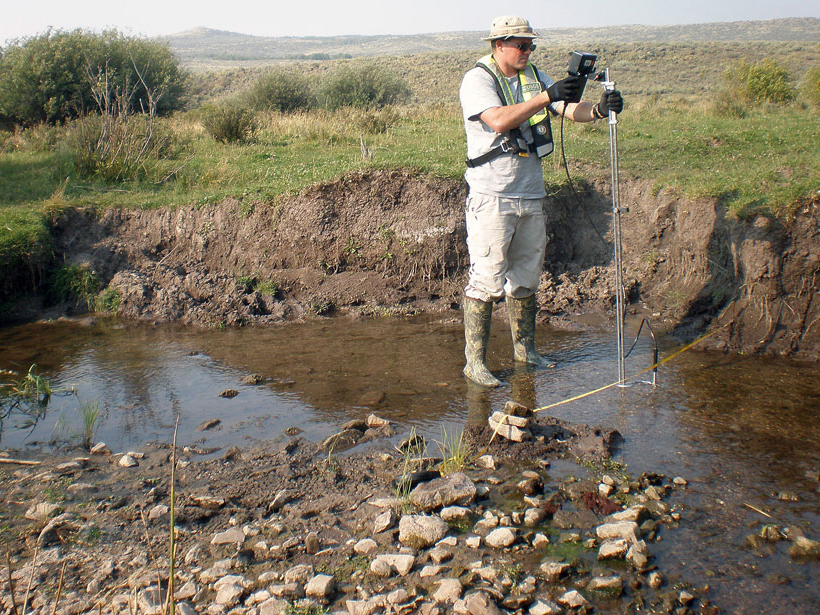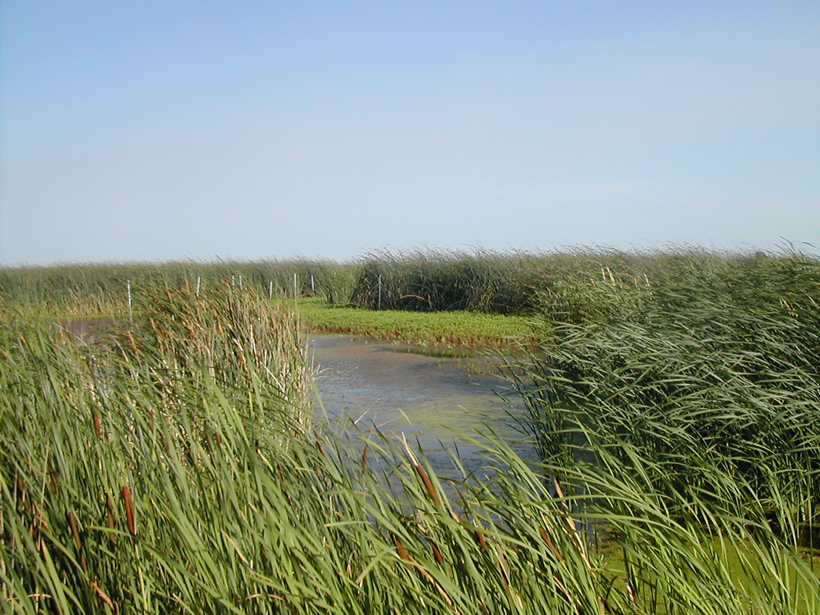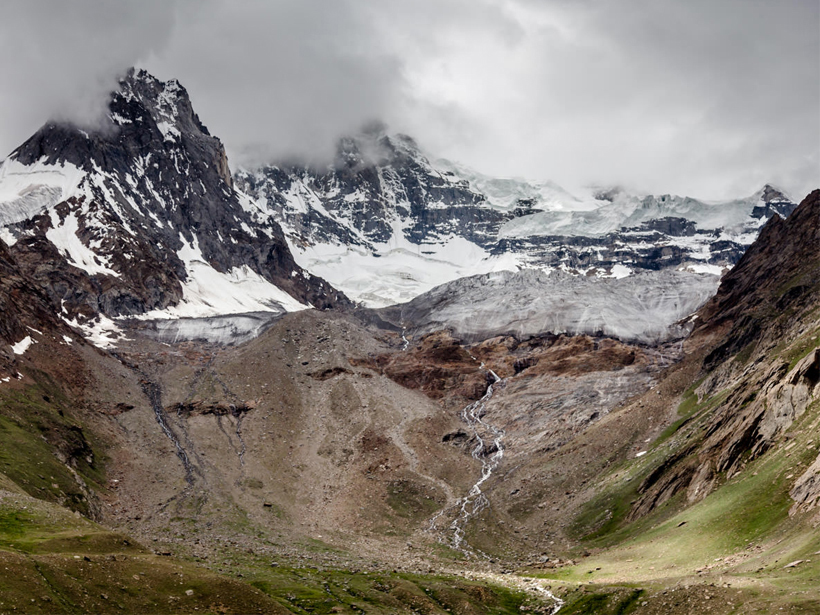Reservoir Evaporation Workshop; Boulder, Colorado, 22–23 October 2015
Climate Change
U.S. Methane Emissions on the Rise
Data suggest that the United States may be responsible for half of global methane increase in the past decade.
Science of Tying Some Extreme Weather to Climate Change Advances
A report from the National Academies of Sciences, Engineering, and Medicine says attribution of some classes of extreme events can provide policy makers with better information about future risks.
Glacial Meltwater Features Depend on Glacier Type and Location
With climate change, some glaciers will melt faster than others, altering the proportions of nutrients in meltwater and changing downstream ecosystems.
New Insights from 60 Years of Crevasse Research
Deep cracks in the ice may provide insight into glacier decay and help predict sea level rise.
After a Century, Restored Wetlands May Still Be a Carbon Source
Methane emissions can drastically lower, or even reverse, the benefits of carbon sequestration in restored wetlands, according to new measurements from the Sacramento–San Joaquin Delta.
Florida Mayors Spotlight Climate Change as U.S. Election Issue
In the run-up to presidential primaries today in Florida, a bipartisan group of mayors there raised the issue by convincing moderators to pose questions about it in national debates and in other ways.
Moored Ocean Buoy Tracks Marine Carbon Cycle Variations
Years of data from a North Pacific ocean station show that the ocean's ability to pull carbon out of the atmosphere is controlled by biological and physical processes that change between seasons.
How Will Sea Ice Loss Affect the Greenland Ice Sheet?
On the Puzzling Features of Greenland Ice-Core Isotopic Composition; Copenhagen, Denmark, 26–28 October 2015
Permafrost Area Is Sensitive to Key Soil and Snow Physics
Accounting for key soil and snow variables shows a much higher impact on simulated permafrost area than uncertainties in land cover and climate data.

